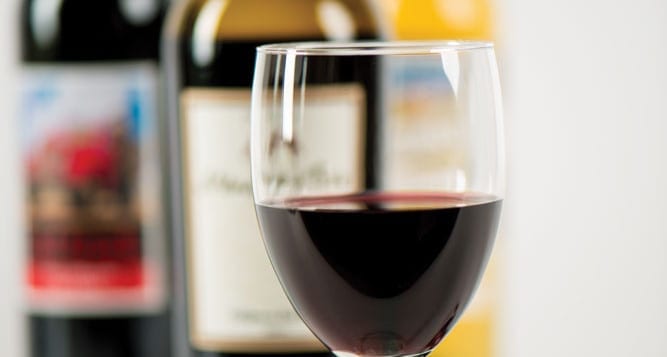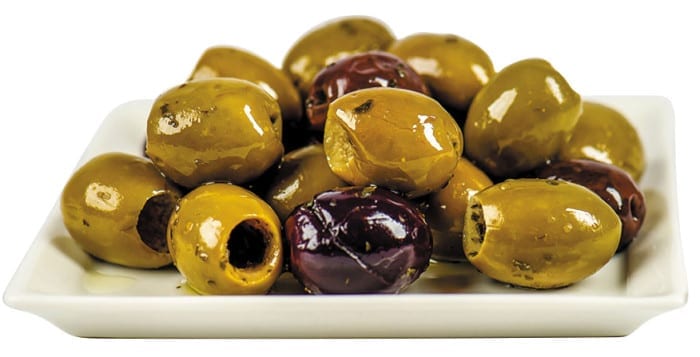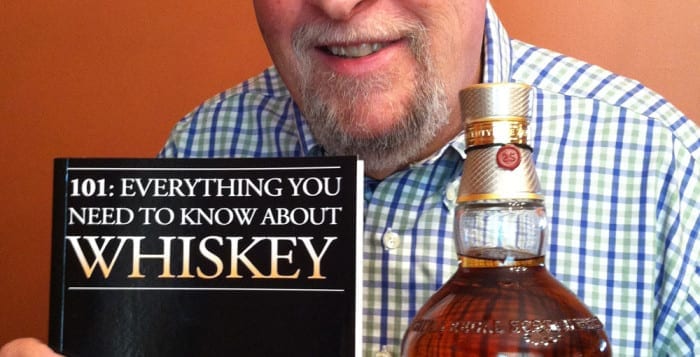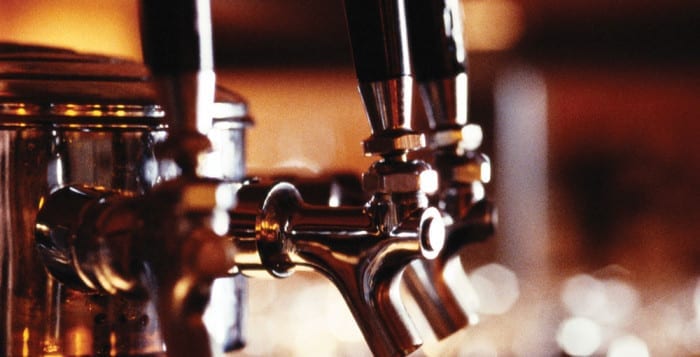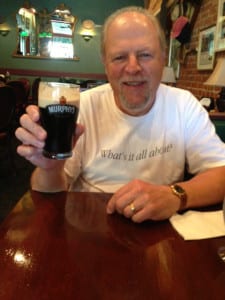By Bob Lipinski
The Pilgrims held the first Thanksgiving Day in the autumn of 1621 to celebrate their first successful harvest season. Thanksgiving signifies family, food, drink, fun, history, and tradition, all wrapped up into one mid-week day.
Before you roast the turkey, check out my two cooking tips:
1) Roast the turkey with the back side up (except for the last hour of roasting). Fat from the fat glands in the back will melt and baste the turkey during roasting.
“Fill every beaker up, my men, pour forth the cheering wine: There’s life and strength in every drop, thanksgiving to the vine!”
— Albert Gorton Greene, 1802–1868, American judge and poet
2) Truss up the Thanksgiving turkey with dental floss. It’s cheap, it’s sturdy and it’s easy to work with. Just be sure you use unwaxed and unflavored floss.
Turkey is inherently dry, especially when overcooked, unless brined or basted. Before I recommend a few wines, let’s give some thought to what we often spread over or eat with pieces of turkey.
I hope that you said cranberry sauce! Cranberry sauce is sweet and tart, offering moisture, flavor and a berry character to the turkey. Therefore, we want to pair turkey with dry or even off-dry red, white, and rosé wines, providing they have plenty of fruit. My wine suggestions for Thanksgiving are:
Whites
◆ 2011 Cairdean Napa Valley “Unoaked” Chardonnay; California
◆ 2014 Rapitalà “Piano Maltese” (blend of Catarratto and Grillo grapes); Sicily, Italy
◆ 2014 Re Manfredi “Bianco” (blend of Müller-Thurgau and Traminer grapes) Basilicata, Italy
◆ 2014 Bodega El Esteco “Don David” Torrontés; Cafayate Valley, Argentina
Reds
◆ 2013 Elena Walch “Lagrein;” Trentino-Alto Adige, Italy
◆ 2013 Amity “Pinot Noir;” Willamette Valley, Oregon
◆ 2012 Bethel Heights “Pinot Noir” Estate Black Label; Willamette Valley, Oregon
◆ 2013 Castello Banfi “Rosso di Montalcino;” Tuscany, Italy
If you like rosé wines, my recommendation would be a bottle of 2014 Maison Belle Claire Rosé, from Provence, France. It is light, dry and very refreshing, with considerable fruit and a pleasing hint of cranberry.
After the feast, complete your Thanksgiving holiday with a tumbler filled with ice and a heavy dose of Wild Turkey bourbon whiskey from Kentucky.
Bob Lipinski, a local author, has written nine books, including “101: Everything You Need To Know About Whiskey” and “Italian Wine & Cheese Made Simple,” available on Amazon.com. He conducts training seminars on wine & cheese; sale;, time management; and leadership. He can be reached at boblipinski.com or [email protected].

